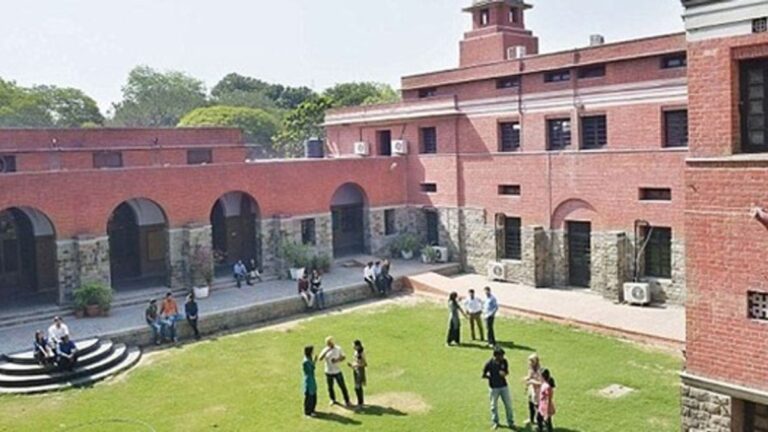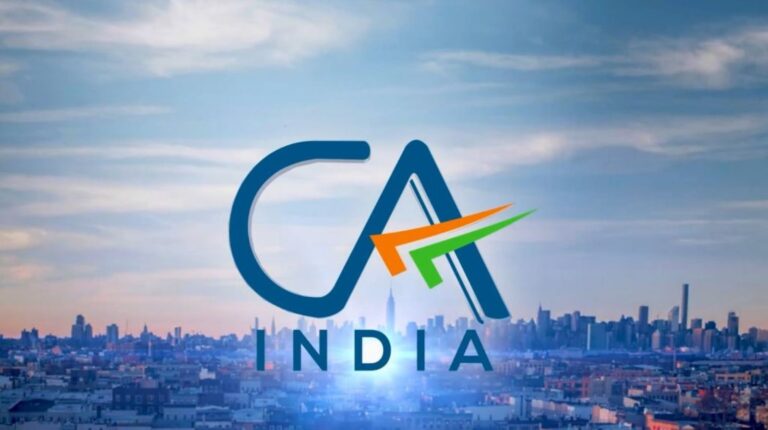Recent Blog
DU UG Admission 2025: Second Round of Seat Allocation Released Under CSAS-UG System Delhi University...
ICAI Opens Correction Window for CA September 2025 Exams: Check What Can Be Edited The...
CAT 2025 Registration Begins August 1: IIM Kozhikode to Conduct Exam on November 30 Introduction...
Delhi University UG Admissions 2025: Second Round Seat Allocation List to Be Announced Today at 5 PM
Delhi University UG Admissions 2025: Second Round Seat Allocation List to Be Announced Today at...
Delhi University UG Admissions 2025: Over 62,000 Seats Confirmed in Round 1, Top Colleges Announce...
CLAT 2026 Exam Date Announced: Registration Starts August 1 | Check Eligibility, Schedule & Exam...
Delhi University Releases Admission Schedule for 5-Year BA LLB & BBA LLB Programmes for 2025–26...
DU UG Admission 2025 | Key Dates, Process, and New Changes Explained The University of...
ICAI CA Foundation Result May 2025 Declared: Complete Details Inside The Institute of Chartered Accountants...
CUET UG 2025 Results Declared: Everything You Need to Know The National Testing Agency (NTA)...
Bad CIBIL Score? You May Not Qualify for SBI PO 2025 Recruitment The path to...
IIT Delhi Tops QS World University Rankings 2026 Among Indian Institutions, Surpassing IIT Bombay For...
ICAI CA September 2025 Exam Dates Announced: Check Complete Timetable for Final, Intermediate & Foundation...
IGNOU Re-Registration for July 2025 Session Begins: Step-by-Step Guide to Apply The Indira Gandhi National...
ICAI CA Exam 2025: Revised Dates Announced, Exams to be Held from May 16 to...
















